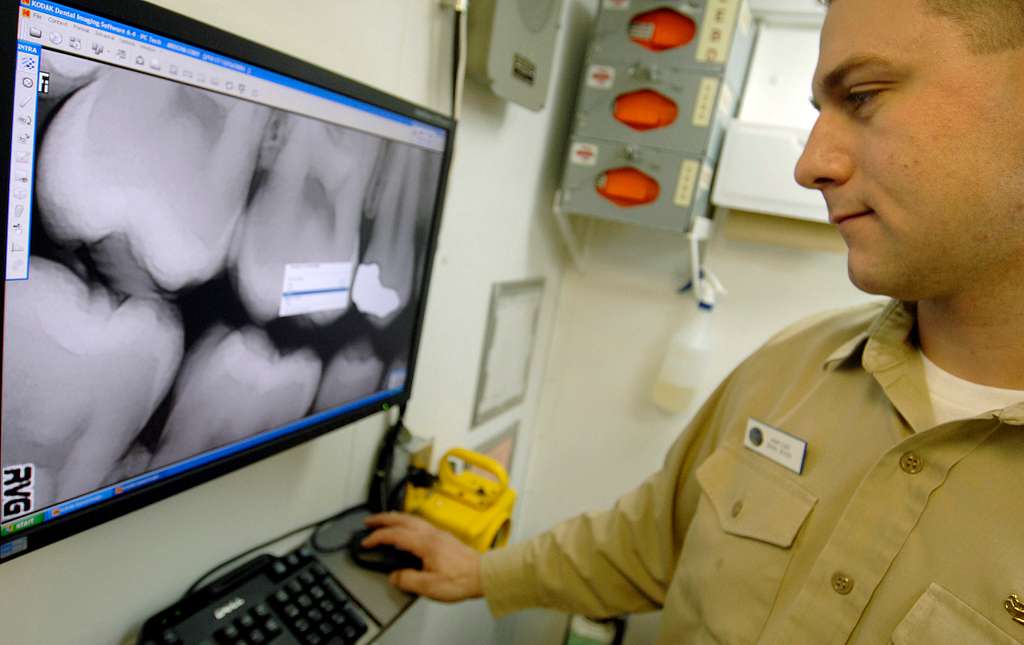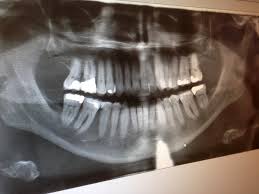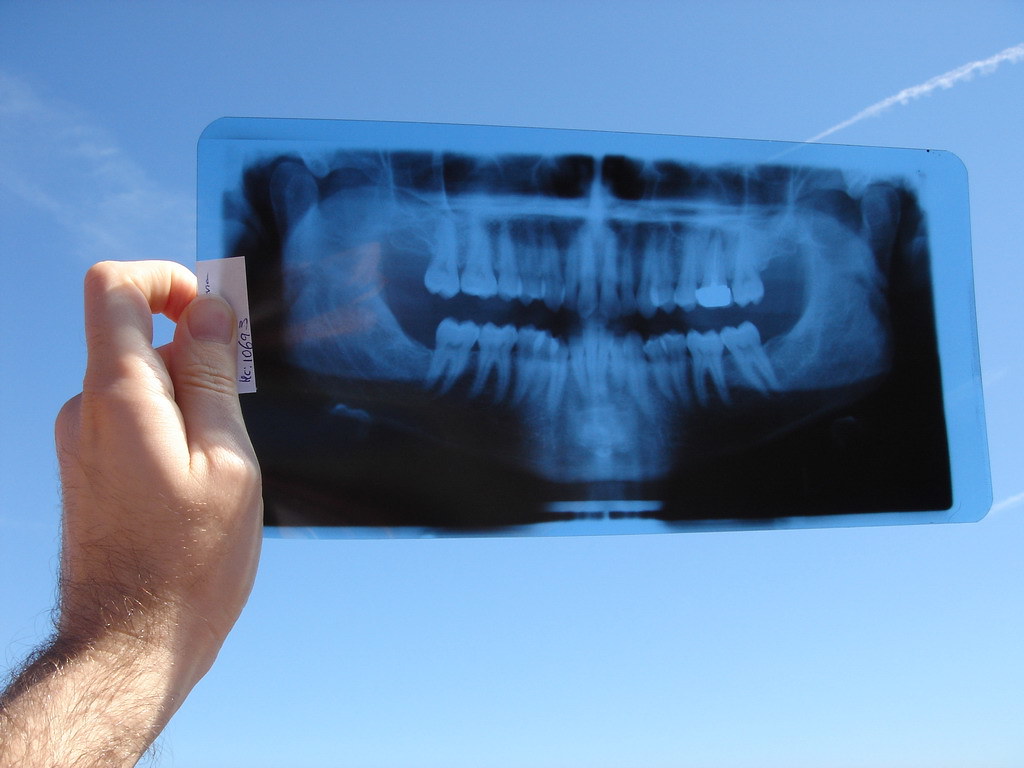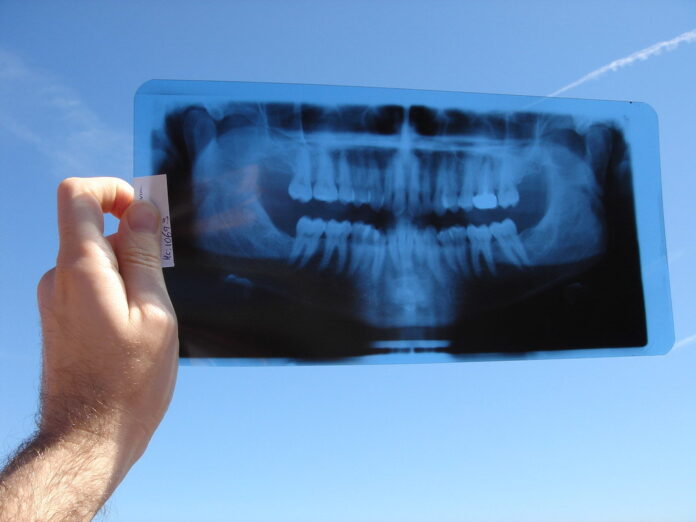Have you ever pondered how the marvels of modern imaging, like cone tomography, intertwine with the critical importance of radiation protection? Whether it's unraveling the complexities of dental radiography or exploring the broader landscape of radiography in the medical field, understanding radiation protection is paramount.
In this informative piece, we’re diving deep into the realm of radiation protection in dental and medical radiography, laying out valuable insights and practical advice. Get ready to broaden your horizon on safeguarding health while harnessing the power of radiographic technology.
The Essentials of Radiation Protection in Dental Radiography
Understanding the essentials of radiation protection in dental radiography is critical for both practitioners and patients.

The goal is always to minimize exposure to radiation without compromising the quality of diagnostic information. Several strategies are universally adopted, such as employing the ALARA (As Low As Reasonably Achievable) principle, which emphasizes using the smallest amount of radiation needed to achieve the required results.
Lead aprons and thyroid collars are tangible shields that protect the patient's vital organs from exposure. Additionally, modern dental X-ray machines are designed to target very specific areas, significantly reducing stray radiation.
For healthcare providers, ensuring that radiographic equipment is regularly inspected and calibrated is also essential for maintaining radiation safety. These collective efforts help maintain a safe environment while taking advantage of the diagnostic benefits that dental radiography offers.
Elevating Safety Standards in Medical Radiography Procedures
In the realm of medical radiography, elevating safety standards is a pivotal concern that directly impacts patient and healthcare provider well-being. Radiation protection in radiography has evolved, incorporating stringent protocols to safeguard against unnecessary exposure. Innovations like digital radiography have significantly lowered the amount of radiation required for imaging, illustrating the field’s commitment to safety without compromising diagnostic precision.
Furthermore, the implementation of protective barriers and lead shielding in radiography rooms is a standardized practice, effectively minimizing exposure risks.
Training and education form the cornerstone of safety, with radiographers and medical personnel receiving comprehensive instruction on optimizing protection measures during procedures. By prioritizing these advancements and education, the medical radiography sector continues to set higher safety standards, ensuring that the health risks associated with radiation exposure are systematically minimized.
Combating Radiation Risks: Advanced Techniques and Materials
Addressing radiation risks in both dental and medical radiography involves not just procedural protocols but also the integration of advanced techniques and state-of-the-art materials.
Innovations such as 3D imaging and cone beam computed tomography (CBCT) provide superior imaging results with potentially lower radiation doses compared to traditional methods.

The development of radiation-absorbing materials that can be used in walls, doors, and shielding equipment marks a significant advancement in creating safer radiography environments.
On the forefront of technological progress, software algorithms enhance image quality from lower doses of radiation, showcasing how digital advancements contribute to risk reduction.
Additionally, personal dosimeters for radiography professionals track exposure over time, ensuring occupational safety standards are maintained. Embracing these technological advancements and materials is pivotal in the ongoing effort to combat radiation risks, safeguarding both patients and healthcare practitioners in the process.
Understanding the Role of Regulations in Radiation Safety
The significance of regulations in ensuring radiation safety in both dental and medical radiography cannot be overstated. These regulations are designed to create a uniform standard of care that protects patients and health care workers alike from unnecessary exposure.
In many jurisdictions, specific laws mandate the use of protective gear, such as lead aprons and shields, and dictate the regular maintenance and inspection of radiographic equipment.
Furthermore, regulatory bodies often require radiography professionals to undergo certification and continuous education, emphasizing the importance of adhering to best practices in radiation safety.
These measures collectively contribute to a culture of safety and accountability, ensuring that every step of the radiographic process is conducted within the bounds of proven safety standards. It's through understanding and respecting these regulations that the health care community continues to reinforce the trust placed in them by those they serve.
Toward a Safer Future: Evolution of Radiation Protection Technologies
The future of radiation protection in dental and medical radiography looks promising, with ongoing research and technological advancements paving the way for even safer diagnostic practices. Innovations such as ultra-low dose imaging systems and the use of non-ionizing radiation alternatives, like MRI and ultrasound, are gaining traction as safer options for patient diagnostics.

Artificial intelligence (AI) and machine learning are also making waves, with their potential to optimize image quality from lower doses of radiation and to predict the minimum necessary exposure on a per-case basis.
Furthermore, the development of novel materials for better and more comfortable protective gear is enhancing safety and compliance among patients and professionals. Such advancements reflect a commitment to not only maintaining but continually improving radiation safety standards.
By championing these technologies, the radiography sector is taking confident steps toward minimizing radiation risks, ensuring that the benefits of diagnostic imaging can be enjoyed with minimal health implications.

